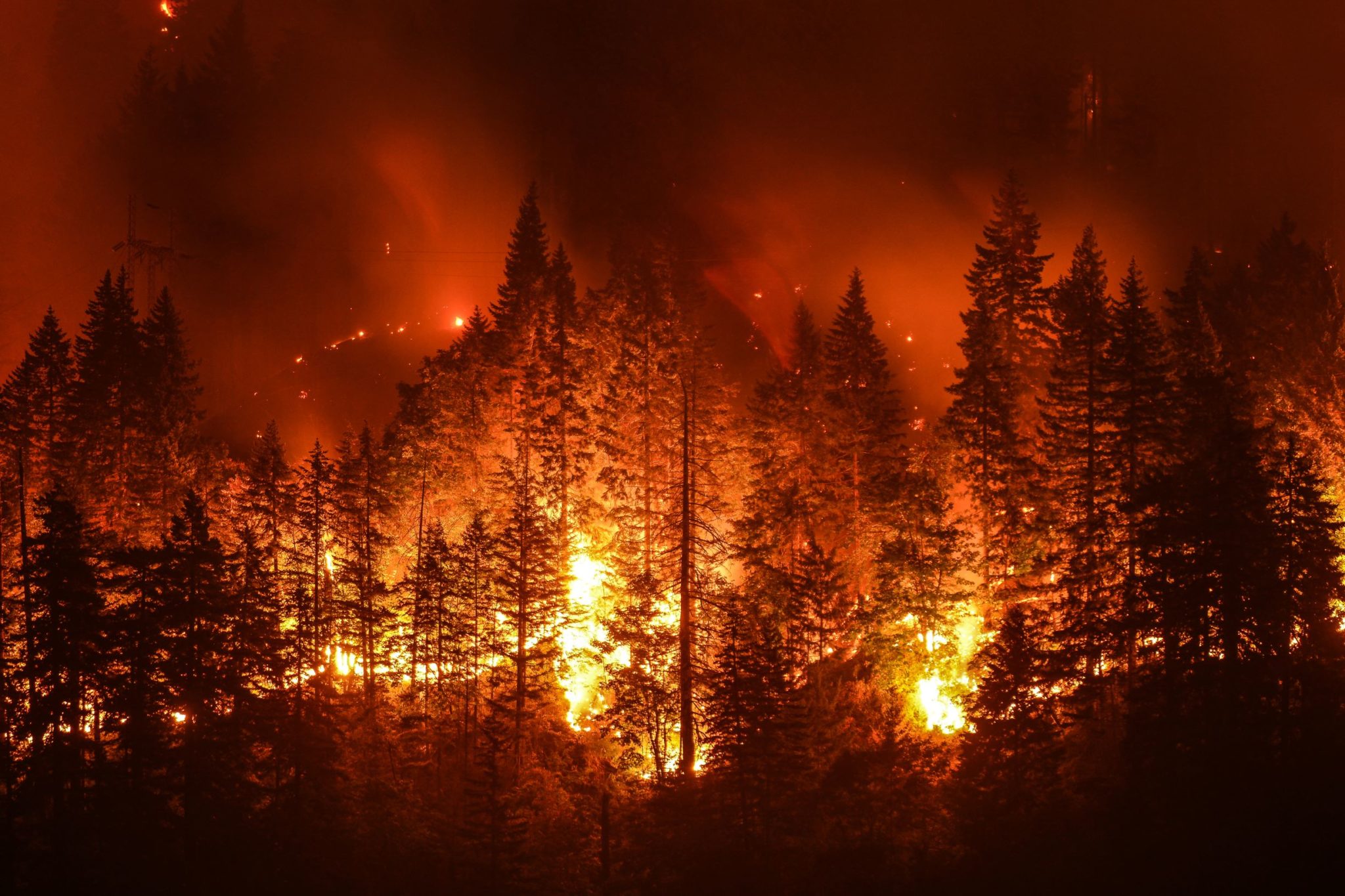The Global Climate Strike is Back and Yes, We Still Have Hope

Time has never felt more malleable, compressing and expanding with each news cycle. So you might be surprised that it’s only been a year since six million of us took to the streets in towns and cities around the world — including 500,000 in Montreal marching alongside climate-strike icon Greta Thunberg — to demand climate action.
September 27, 2019 was a day of hope and promise — and now, 12 months later, the student-led Fridays for Future movement is heading back outside and online for another Global Day of Climate Action. This Friday’s theme is #NotGoingBack with climate-strikers around the world demanding green and just recovery plans as well as a focus on climate change’s most affected people in the Global South.
But in between these protest days, everything else fell apart. The pandemic has, rightfully so, monopolized our attention for the past six months. But in the background, climate breakdown has also been on the march.
What we’ve learned since the last Global Climate Strike is that not only are people around the world demanding transformative change but —as the pandemic has demonstrated — we are capable of effecting that change in the face of an existential crisis.
Well, climate change is also an existential crisis, and as we’re seeing in the news every day it is not a worry for some far-off future. But we know what to do — and now we know we can do it!
We need to ensure that governments and businesses put the climate crisis at the forefront of a green and just economic recovery. We need to employ every tool at our disposal such as expanding renewable energy and taking personal actions in-line with a carbon-neutral future. This also includes implementing improvements to nature that fight climate change like Indigenous-led conservation and WWF-Canada’s own focus on conservation and restoration of natural carbon sinks (forests, wetlands, etc.) that reduce greenhouse gas emissions and safeguard at-risk species.
The past year was challenging even before the pandemic put the world into lockdown. It began with the Australian bushfires raging out of control and, according to research commissioned by our WWF-Australia colleagues, killing or displacing an estimated three billion (!) animals.
All summer, the Amazon has again been burning — BBC reports more than 13,000 sq. km burned between January and July. And almost 30,000 fires, destroying unique habitat and Indigenous communities, were tracked in August alone.
The entire U.S. West Coast is also ablaze, claiming dozens of lives, thousands of homes and burning up nearly five million acres (and counting). We’ve all seen the images of red and orange skies filling social media feeds around the world and the smoke itself has spread as far as Newfoundland and across the pond to Europe.
The Arctic has also been burning this summer with wildfires across Siberia exceeding last year’s record for carbon emissions by a third, releasing 244 megatonnes into the atmosphere. Some of these are believed to be “zombie fires” from 2019 which smouldered underground through the winter. And yes, they’re as scary as they sound: they further thawed permafrost, worsening the climate crisis in a region already heating up at three times the global average.
In fact, Arctic temperatures have been six degrees above average the past three winters — a staggering number, given that the global community is struggling to keep the average temperature rise below the 1.5-degree Celsius threshold. In Siberia, the Arctic Circle even reached a record 38 degrees in June!
Summer sea ice officially reached its second-lowest level on record this year with scientists warning it could vanish entirely by 2035, threatening ice-dependent species and Arctic communities. Last month, Nunavut’s 4,000-year-old Milne Ice Shelf collapsed and Greenland’s ice sheet has now reportedly melted past the point of no return. Alongside a similar situation in Antarctica, these losses are driving up sea levels and threatening to affect a billion people by 2050.
And while COVID lockdowns did drive global carbon emissions down for the first time in years, they’ve since returned to pre-pandemic levels and are projected to end up only 4–7 per cent lower than last year. This may not have been a purposeful result from structural shifts, but it still shows us what is possible.
In other words, the year between these global climate protests has made clear that tomorrow is already here. We need to come together to protect our planet, and we need to do it now. It’s not too late, but it will be if we don’t act quickly and boldly.

